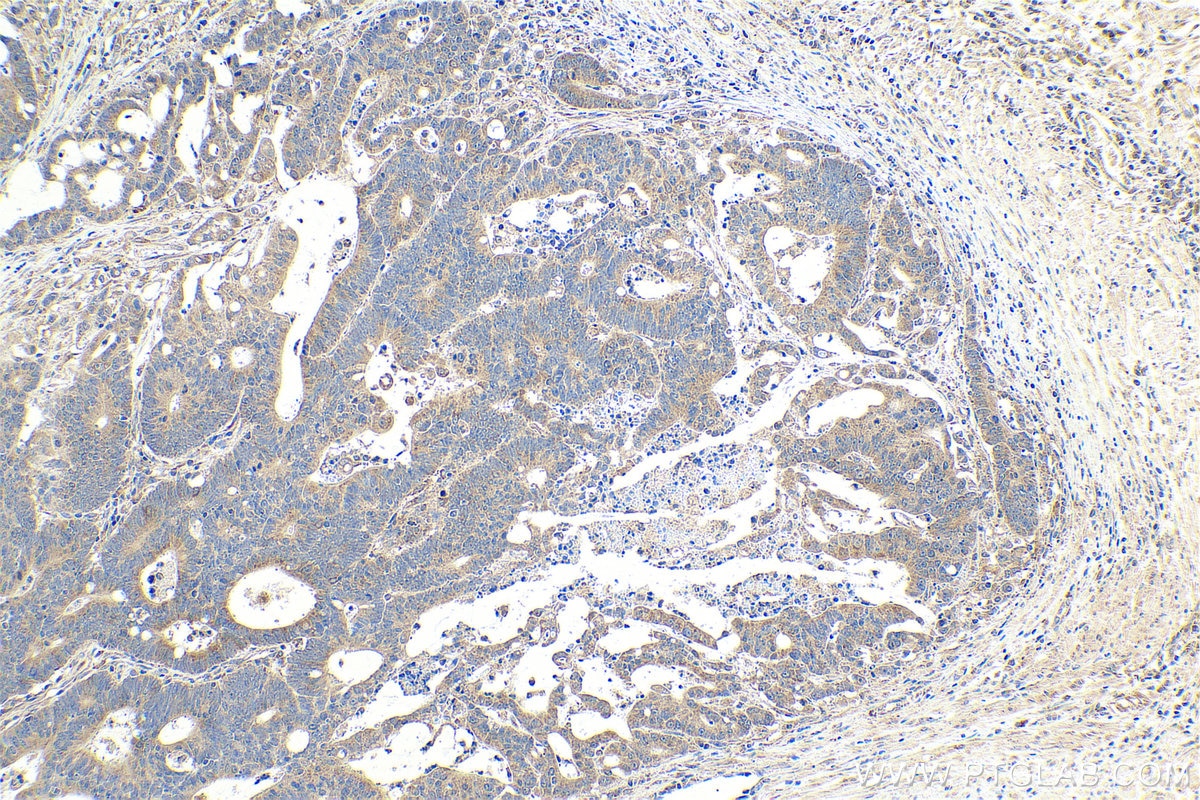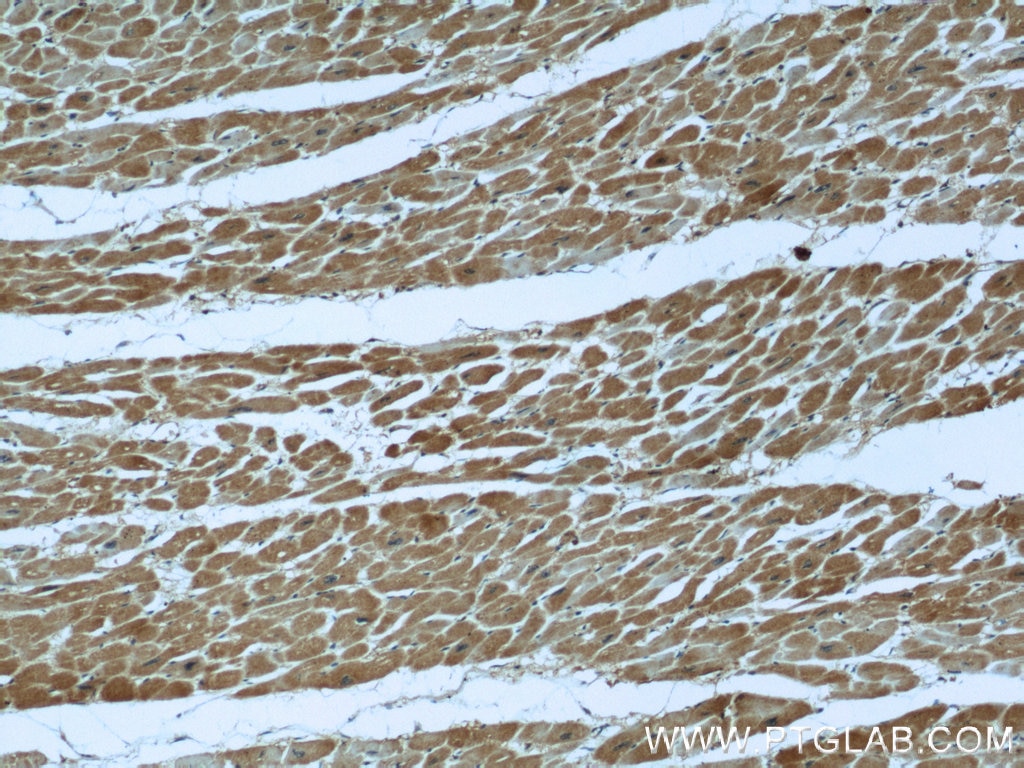Product Information
60131-1-PBS targets Neudesin/NENF as part of a matched antibody pair:
MP50685-1: 60131-1-PBS capture and 60131-2-PBS detection (validated in Cytometric bead array)
MP50685-2: 60131-1-PBS capture and 60131-3-PBS detection (validated in Cytometric bead array)
Unconjugated mouse monoclonal antibody pair in PBS only (BSA and azide free) storage buffer at a concentration of 1 mg/mL, ready for conjugation.
This conjugation ready format makes antibodies ideal for use in many applications including: ELISAs, multiplex assays requiring matched pairs, mass cytometry, and multiplex imaging applications.Antibody use should be optimized by the end user for each application and assay.
| Tested Reactivity | human, pig |
| Host / Isotype | Mouse / IgG2a |
| Class | Monoclonal |
| Type | Antibody |
| Immunogen | Neudesin/NENF fusion protein Ag8387 Predict reactive species |
| Full Name | neuron derived neurotrophic factor |
| Calculated Molecular Weight | 172 aa, 19 kDa |
| Observed Molecular Weight | 19 kDa, 16 kDa |
| GenBank Accession Number | BC008823 |
| Gene Symbol | NENF |
| Gene ID (NCBI) | 29937 |
| RRID | AB_2150987 |
| Conjugate | Unconjugated |
| Form | Liquid |
| Purification Method | Protein A purification |
| UNIPROT ID | Q9UMX5 |
| Storage Buffer | PBS only , pH 7.3 |
| Storage Conditions | Store at -80°C. |
Background Information
Neudesin neurotrophic factor (NENF, also known as CIR2, SPUF, and SCIRP10) acts as a neurotrophic factor in postnatal mature neurons enhancing neuronal survival, which is localized to mitochondria and endoplasmic reticulum by PINK1 and PARK7 (PMID: 31536960). NENF in the adult brain is expected to play roles in the maintenance and protection of neurons in an autocrine/paracrine manner (PMID: 15605373). It greatly increases cAMP levels in neural precursor cells and might activate a Gs-protein-coupled receptor that could activate the MAPK, PKA, and PI-3K signal pathways (PMID: 16547973).

































